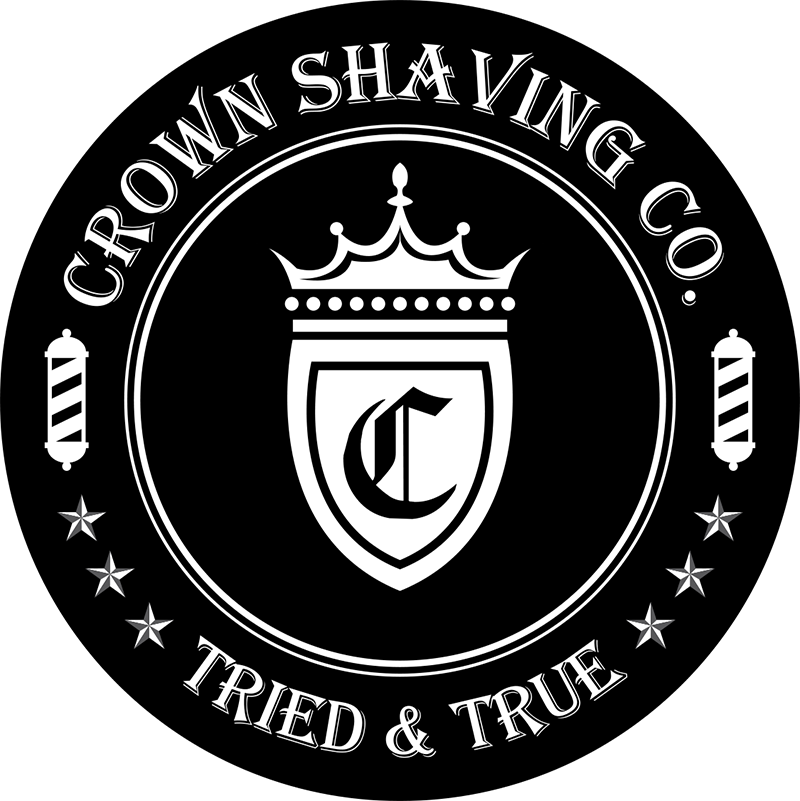A Brief, But Needed Guide to Men's Fragrances
Our pride and glory, the original Signature Blend Eau de Parfum. Go easy with this guy, a couple spritzes and you’re good for the day.
A decent man should never smell, and it shouldn’t go further than that.
There’s no more to say about the matter… except for the fact that there’s a big difference between not smelling and smelling good.
A man of style knows this, and he knows just enough of the right scent can leave an indelible impression, something invaluable come a big job interview or a late-night rendevouz with a leggy friend.
No, there’s nothing wrong with forgoing fragrances altogether. But for the sake of our nostrils, if you do, know the world within which you’re playing. You could go from classy to room clearer with one spray too many. It’s that easy. That, and there’s more to learn about smelling good… or not smelling. Certain occasions call for certain scents, some scents cost thousands while others a mere fifty dollars, etcetera.
Let’s make this simple and throw some key terms (and their accompanying descriptors) at you. Add some quick tips for good measure.
Call it a guide.
Nothing fancy.
Ready?
This is the part where we shamelessly mention our premium, sister fragrance brand, Persons of Interest, a line our founder, Dino Caracciolo, launched in 2019. You could say perfuming is a speciality of Dino’s (nothing gets past his nose), so it was only a matter of time before he’d do it. And yes, they’re all made in small batches just like the ones made by Crown.
Eau De Parfum v Eau de Toilette
If you’re a scent guy (or girl) by any stretch, then you’ve read these two terms plenty. Their distinction is simpler than we’d think: It’s all about the level of fragrance concentration; How much actual fragrance oil is in that bottle? That’s what separates the two. Further, an eau de parfum will always be more concentrated — think anywhere from 12% to 30% pure fragrance (sometimes even more). For that reason, eau de parfums last longer (often 8-plus hours) once sprayed, so anyone who knows scents knows not to go nuts with them.
Fact: Anything that goes higher than 20% fragrance oil is technically a parfum ( or perfume), sans the “eau de” part.
Say this next time you’re at a dinner party and you’ll look like a champion: Remember that great b-side by Nirvana, “Scentless Apprentice”? If you don’t, it’s the second track on the iconic trio’s final studio album, In Utero, and if you haven’t heard it, try finding a better drum beat today.
The song’s based on a 1985 literary fantasy novel called Perfume: The Story of A Murderer, by German writer Patrick Süskind, and if you like dark, then you’ll like this: In gloomy, 18th century France, an orphan named Jean-Baptiste Grenouille goes from gifted perfumer to serial killer when he figures out a way to make sellable scents extracted from his victims: young, nubile women. Son of a bitch, right? Don’t worry, the end makes it worth the read (or viewing; an underrated film adaption came out in 2006, but you know the book’s better).
And now, a quick word from our Founder, Dino Caracciolo, on our own eau de parfum blend: “I use a ratio of 25% pure perfume oil to alcohol and water for ours. It’s usually around 20% for parfums but I like to go a little heavier.”
Eau de toilettes, conversely, pack less of punch percentage-wise. With these, you’re looking at anywhere from eight percent to 15, maybe a little more (but not typically). And if you’re thinking it, yes, these scents wear out quicker than their stronger, aforesaid counterparts. Think a lasting time of two to max, four hours. Lunch dates, walks to the grocer and daytime appointments are most befitting the use of an eau de toilette. Plus they’re typically “fresher” and more on the citrusy side of things, where eau de parfums are bolder, muskier and better for dinner with you know who.
Eau de Cologne
Colognes typically have lower fragrance concentrations, so don’t be surprised if they hover around two to five percent. Expect colognes to last in and around three hours.
The Perfect Amount of Sprays
You could try and find a more convenient way to smell manly than our small batch, Signature Blend Cologne — which fits into front pockets like it’s nothing and boasts a “roll-on” application method — but then, why the hell would you do that? Especially now that everyone’s flying again; it’ll get through security no problem since it’s a travel-friendly 10 ml in volume.
And you’ll smell manly.
Here's all you need to know: The lighter the fragrance the more sprays needed. That means if you’re going with an eau de toilette for the summer, four, even five spritzes will take you far. That said, consider your future environs before spraying; The tighter the quarters (think trains, planes, etc.) the more conservative one ought be with spray counts.
Treat Your Fragrance Like It’s Booze
Never, ever leave your fragrances out in the sun, or like your best single malt, it’ll go bad fast.
Alcohol oxidizes when it comes in contact with UV rays and there’s no way around it.
The best places to store your scent are either the box it came in (if you ego this route, keep the room temperature at no more than 70 degrees Fahrenheit, otherwise you’ll risk stimulating a reaction in the chemicals and aging the scent faster) or your refrigerator.
Takeaway?
Picking and wearing a scent isn’t a quantum science, nor is it a matter of buy it, spray it and go.
Like most other ceremonial customs that maketh man, there's a nuance to knowing how you ought to smell so the world knows you mean what you say and do what you mean.
There’s an art to this is the point.
But you knew that.




